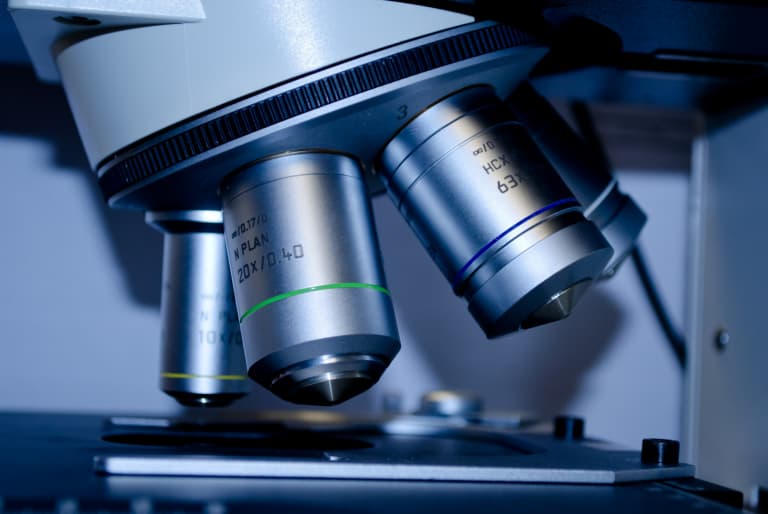This is a follow up to a past blog called “Research: It’s Toys First, Catapults Later” and continues the story on research and engineering in design, invention, and problem-solving for industrial products and processes.
Before Innovation
Innovation is the result of the culmination of decades of research and collaboration. A study done in 1968 for the National Science Foundation (NSF) on Technology in Retrospect and Critical Events in Science elaborated on this idea. The study shows that interdisciplinary communication is important to the achievement of innovation and looked at five main innovations: the contraceptive pill, the video tape recorder, matrix isolation, magnetic ferrites, and the electron microscope.
Through the collaboration of disciplines, research was done that allowed these innovations to come to fruition. This research can be broken down into three main types: basic research, applied research, and developmental/application research. Basic research is motivated by the search for knowledge and understanding without regard for its application. Applied research is done for a specific application concept before development of a prototype product and their intended applications are not always relevant to their eventual innovations. Developmental and application research involves prototype development directed towards a specific product.
The majority of research that leads to innovation is done in the basic research stage. The study found that in the ten years before an innovation is created, 90% of the basic research had already been accomplished. Therefore, the innovations for future generations depend on today’s basic research.

Growth from Innovation
Not a single one of the innovations studied in the NSF review was bound to a single discipline. The contraceptive pill was a culmination of chemistry and physiology. Matrix Isolation was accomplished through chemistry and physics. The video tape recorder required physics, chemistry, mathematics, ceramics, and electrical engineering. Magnetic ferrites involved physics, chemistry, electrical engineering and ceramics. And the Electron microscope combined physics, mathematics, and electrical engineering.
The Electron microscope was dependent on almost entirely basic research. Revolutionary theories in physics combined with advances in electronics became the building blocks for its creation. For the video tape recorder the essential research that started it all was the idea that information could be magnetically recorded. From there, basic research was able to provide direction for how development needed to proceed. However the video tape recorder was founded through many applied research events as well. In both cases though, basic research was able to provide the foundation from which technology could advance towards these new innovations. More than 75% of all the events recorded in the NSF study were basic research and the rest was divided between application and developmental research.
The progression from basic research to applied research allows for development of new concepts, products, and processes. It is this progress that can better not only our own lives but those of our country and others. It provides not only scientific growth but also economic. In general, much of our economic progress comes from utilizing our intellectual and logical powers rather than discovery of new materials or labor sources.
Coupi: A Passion for Innovation
At Coupi we have a passion for creating applications and solutions to help address challenges in industry and research and to optimize products and processes needed to turn innovative ideas into future innovative products and processes. Our team of engineers and scientists apply their knowledge of mathematics, physics, computer science, and problem solving experiences to create discrete element method (DEM) models and applications to prototype engineering designs, understand the behavior of bulk materials, and solve real-world problems.
Coupi was started when its founders were asked to develop a way to predict how NASA’s tools, rovers, and landers might behave when interacting with the surfaces of the Moon, Mars, asteroids and comets, and how solar wind particles penetrated the lunar surface. To meet these challenges they developed a DEM based modeling software that could be modified as needed to address an ever expanding variety of challenges in space. The DEM has since been further developed and applied to a wide range of Earth-based industrial operations and processes.
Most recently Coupi has been working on simulating processes related to the pharmaceutical manufacturing of tablets. The pharmaceutical industry is beginning to utilize a new continuous manufacturing process instead of the more traditional batch manufacturing method. Continuous manufacturing can increase production rates while decreasing production times and costs.
Stay tuned for our next blog where we’ll take a deeper look at the pharmaceutical industry and how Coupi’s software can be used to aid in manufacturing.
To learn more about the history of these innovations:
IIT Research Institute, and National Science Foundation (U.S.). Technology in Retrospect and Critical Events in Science. Institute, 1969.

